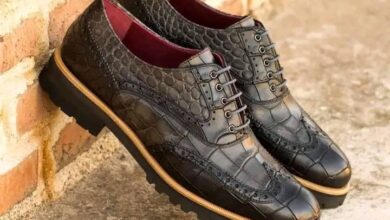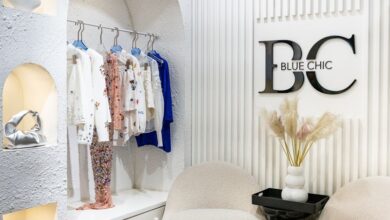Timberland: From Workwear to Iconic Lifestyle Brand – A Journey of Innovation and Authenticity
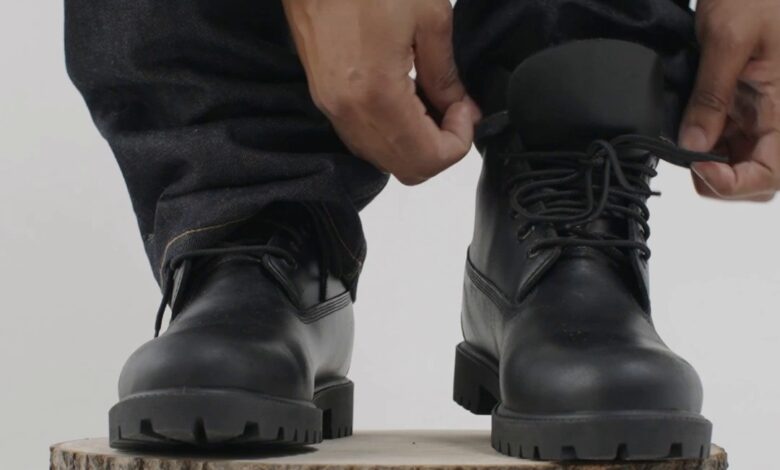
Timberland: From Workwear to Iconic Lifestyle Brand – A Journey of Innovation and Authenticity. In 1952, Nathan Swartz, a skilled shoemaker, acquired half of the Abington Shoe Company in Massachusetts. By 1978, the company had rebranded as The Timberland Company, capitalizing on the success of its flagship waterproof boot. Swartz’s vision was simple yet profound: to create durable, high-quality boots that could withstand the harshest conditions. His craftsmanship and attention to detail set the foundation for Timberland’s future success.
The Birth of the Iconic Timberland Boot
The defining moment for the company came in 1973 when it introduced the waterproof “Timberland” boot, a game-changer in the footwear industry. Designed for workers braving extreme weather conditions, the rugged, yellow-boot design combined function with durability. The boot’s innovation lay in its injection-molded sole, which created a truly waterproof structure, setting it apart from traditional stitched footwear.
What began as a practical work boot soon caught the attention of outdoor enthusiasts and, unexpectedly, fashion-forward consumers. The rugged, no-nonsense design resonated beyond construction sites and found a place in urban street culture.
Lesson for Entrepreneurs: Innovation doesn’t always mean inventing something entirely new—it can be about improving existing products to better serve a need.
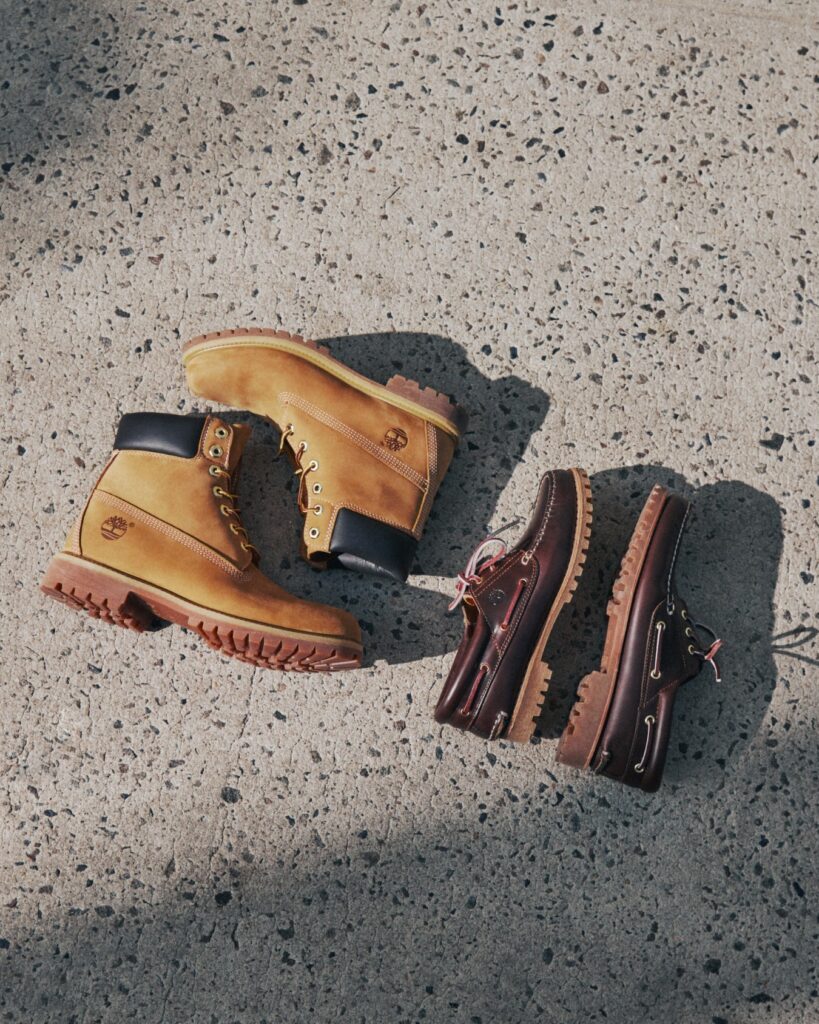
Strategic Marketing and the Rise in Popularity
Timberland’s transition from a workwear brand to a fashion staple didn’t happen overnight. The company’s leadership recognized a growing trend: people wanted functional, high-quality gear that also made a statement.
The boots began appearing in hip-hop culture in the late 1980s and early 1990s. Influential artists like The Notorious B.I.G. and Tupac Shakur were spotted wearing Timberlands, turning the rugged work boot into a streetwear essential. Instead of resisting this shift, Timberland embraced it, leaning into the growing urban market while maintaining its core values of craftsmanship and durability.
Another significant marketing move came through partnerships with outdoor and environmental organizations. Timberland positioned itself as a brand that cared about sustainability long before it became a mainstream concern, launching initiatives such as tree planting and eco-conscious production practices.
Lesson for Entrepreneurs: Recognizing cultural shifts and embracing new customer demographics can open unexpected doors. Stay authentic, but be willing to evolve.
Challenges and Resilience in the Face of Change
Despite its success, Timberland faced its share of challenges. In the early 2000s, as competition in the footwear industry intensified, the brand struggled to maintain its dominance. New sneaker-focused trends began pulling consumers away from rugged boots, forcing Timberland to rethink its strategy.
Rather than fading into irrelevance, Timberland doubled down on innovation and brand identity. It expanded its product line to include casual shoes, apparel, and accessories, broadening its appeal while staying true to its craftsmanship ethos. The company also revitalized its marketing strategies, collaborating with designers and influencers to keep the brand fresh and relevant.
Lesson for Entrepreneurs: Market shifts are inevitable. Brands that adapt and diversify while staying true to their core values are more likely to survive and thrive.
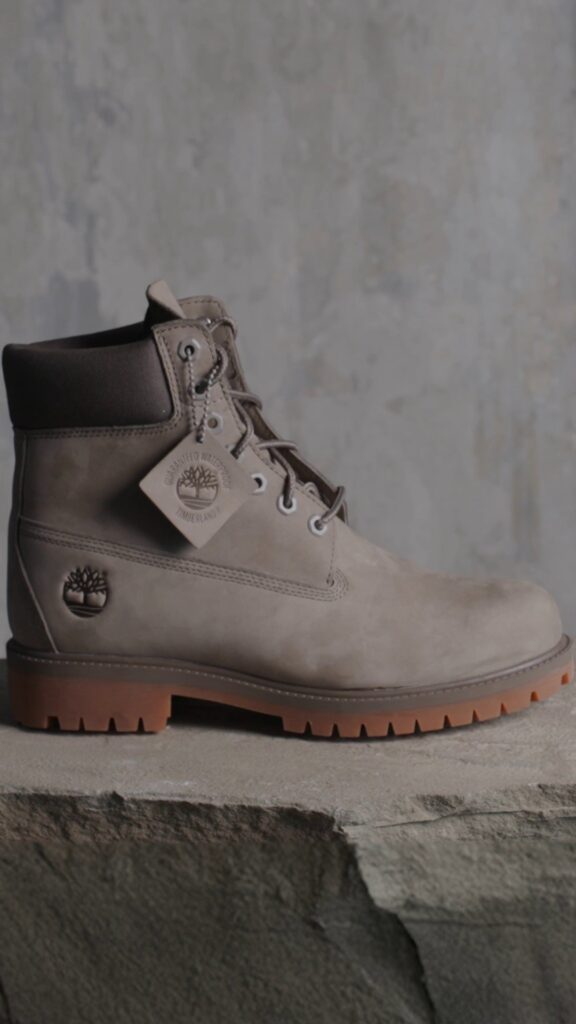
Expansion and Global Growth
As Timberland regained momentum, it set its sights on global expansion. The brand strategically entered international markets, particularly in Europe and Asia, where outdoor lifestyle trends were growing.
In 2011, Timberland was acquired by VF Corporation, the parent company of The North Face and Vans, for approximately $2 billion. This acquisition provided Timberland with the resources and global distribution network needed to scale. However, VF Corporation allowed Timberland to retain its identity, ensuring that the brand’s authenticity and craftsmanship remained intact.
This expansion wasn’t just about selling more boots; Timberland focused on localized strategies. In Japan, for instance, the brand collaborated with designers to create exclusive, fashion-forward collections that appealed to urban consumers. In Europe, Timberland emphasized its outdoor heritage, appealing to hikers and adventure seekers.
Lesson for Entrepreneurs: Expansion should be strategic and mindful of cultural differences. Localized approaches can help global brands connect with diverse audiences.
Sustainability: A Commitment to the Future
Timberland has long positioned itself as an environmentally conscious brand, but in recent years, it has taken sustainability efforts to the next level. The company has committed to planting 50 million trees by 2025 and has incorporated recycled and organic materials into its footwear production.
This commitment isn’t just good for the planet—it’s smart business. Consumers today, especially younger generations, value brands that prioritize sustainability. Timberland’s leadership in this space has strengthened its reputation and solidified customer loyalty.
Lesson for Entrepreneurs: Sustainability is not just a trend; it’s a long-term strategy that enhances brand loyalty and aligns with modern consumer values.
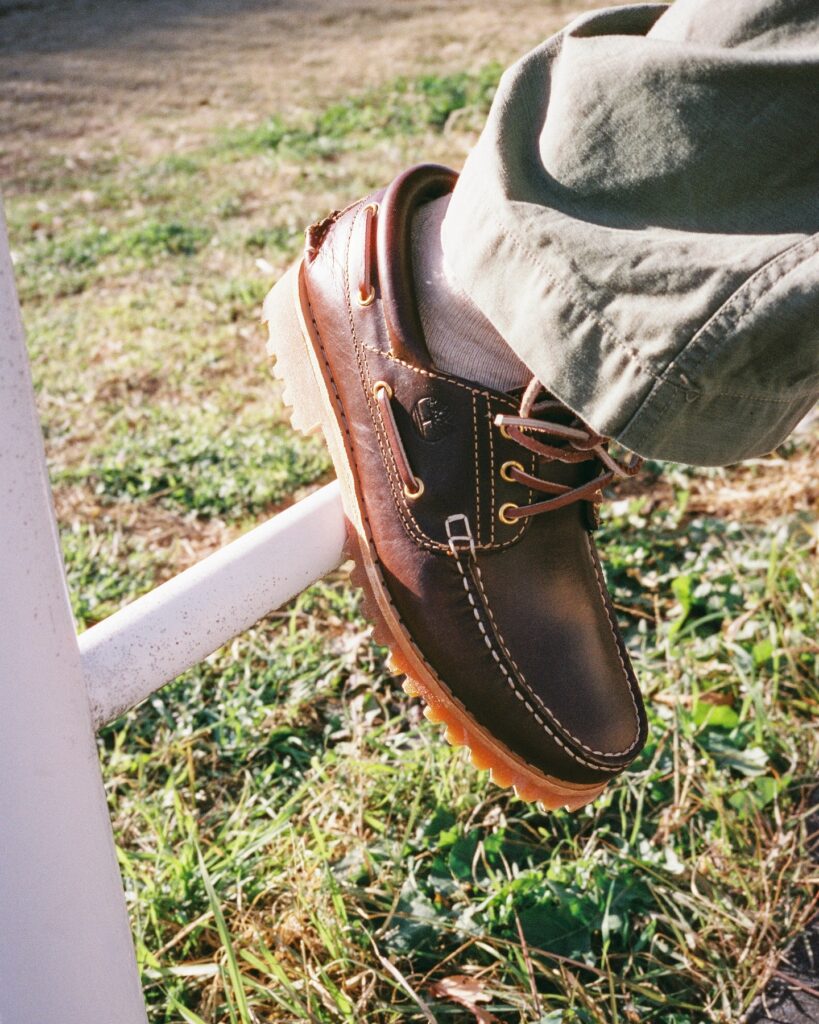
Conclusion: The Blueprint for Lasting Success
Timberland’s journey from a small New England boot manufacturer to a global lifestyle brand is a testament to resilience, strategic marketing, and the power of innovation. By embracing cultural shifts, adapting to new markets, and committing to sustainability, Timberland has remained relevant for over half a century.
For entrepreneurs, the lessons are clear: Stay true to your brand’s identity, recognize opportunities in unexpected places, and never be afraid to evolve. Success isn’t just about creating a great product—it’s about understanding your customers, anticipating changes, and building a brand that stands the test of time.

